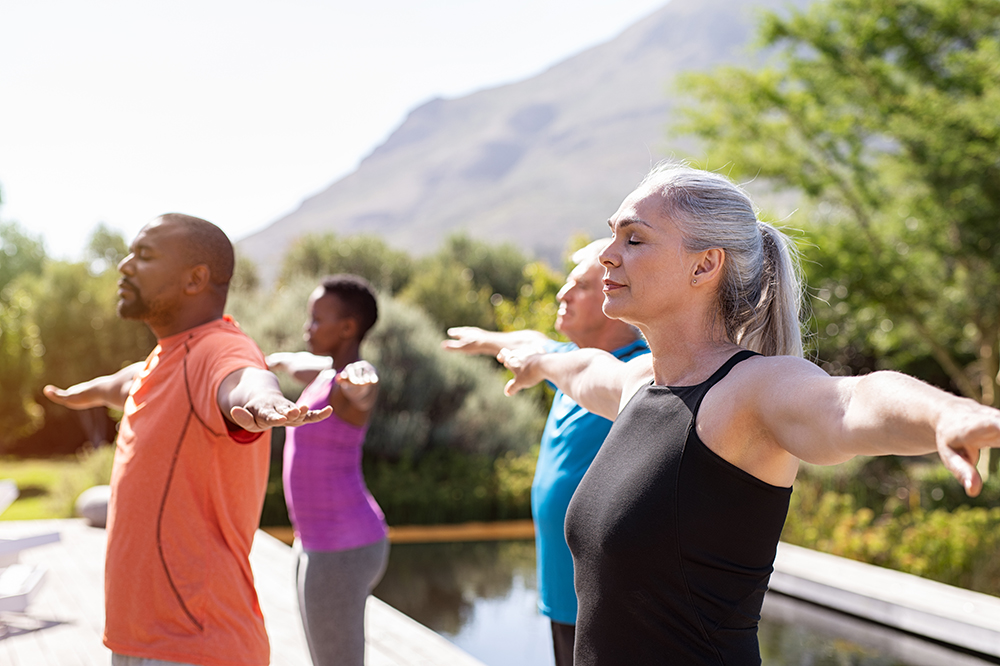Effects of Stress on the Body and What To Do About It
| 01/20/2020
Anxiety’s tough. Those who have struggled with it know that all too well, and are often looking for ways to alleviate their stress. For many people, stress is a weekly ordeal. That’s not good, because the effects of stress can cause a lot of physical harm to your body over time, such as:
- Depression
- Headaches
- Insomnia
- Increased risk of stroke
- Increased risk of heart attacks
- Tight muscles that lead to shoulder and back pain
- Digestive problems such as acid reflux
- Weak immune response
Maybe you’ve thrown a lot of money into different products or therapy, only to eventually find yourself back at square one. Coping with anxiety successfully requires a few different things working in tandem, and one of the most discussed but most undervalued techniques to cope with stress is relaxation exercises. In some cases, these can help reduce anxiety in less than ten minutes!
Inhale-Exhale
The simplest relaxation technique to reduce the effects of stress is to focus on your breath, inhaling and exhaling to a count of five. One of the biggest perks of this is that it can be done just about anywhere, whether you’re sitting at home on the weekend or commuting to work on the train before your big presentation on Monday.
First, pick a point of your body where you can focus on the exhalation and inhalation of your breath. The most obvious examples would be the diaphragm – the muscle above your stomach that contracts when you inhale – or the nose, where you can feel the breath entering and exiting. Inhale to a count of five while focusing on one of these points, then exhale to a count of five. The goal is to remain focused on one of these points, simply noticing thoughts popping up while not becoming distracted or involved with them.
Progressive Muscle Relaxation
One of the most effective relaxation techniques is what’s called “progressive muscle relaxation.” What makes this practice so great is that it focuses on your entire body. Starting from the top of your body then proceeding downwards, tense, hold, and finally release certain muscle groups. This has the effect of releasing a wave of relaxation into your body. For example, you might start by tensing your brow, holding this for 5-10 seconds, and then releasing. You’ll move gradually all the way down to your feet, tensing and releasing your shoulders, arms, hands, stomach, etc., along the way.
Stretches
Stretches are another popular way of relieving tension and can be done at home or while taking a quick break at the office. Try a shoulder stretch by interlacing your fingers and stretching your arms at a 90-degree angle above your head. You can hold this position for five full in-and-out breath cycles and then release – it’s sort of like a combination of the two methods above, slowing your breathing and releasing muscle tension. The quad stretch is also great: you can lean against a wall and hold a leg, bent backward behind you, with the opposite hand. You can hold for 15-30 seconds and then switch to the other leg.
We hope you find some help from these strategies to reduce the effects of stress on your body – you have nothing to lose and potentially a lot to gain by giving them a try! You can also give more in-depth practices such as yoga or meditation a try, as you might get more benefit by practicing relaxation every day than from just implementing these quick ways to relax, though they’ll definitely help when needed.








